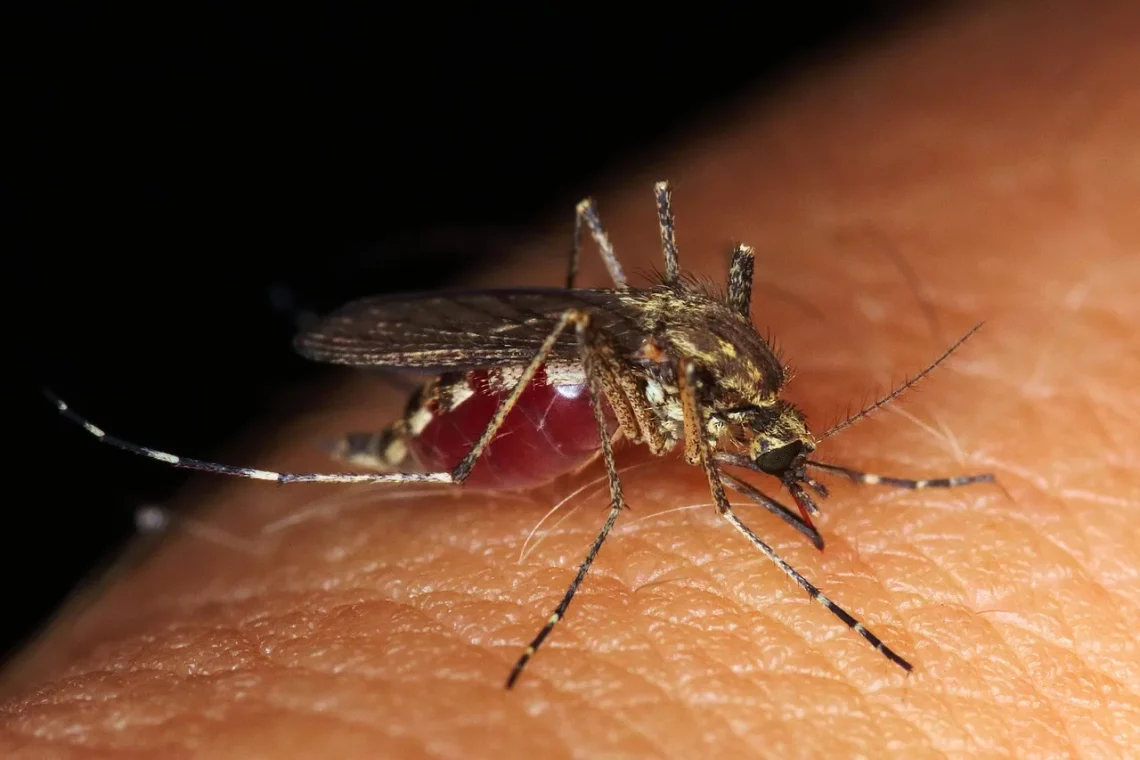
Understanding Dog Grass Allergy: Symptoms and Solutions for Your Pet
Allergies are a common concern for many pet owners, and among them, grass allergies in dogs are often overlooked. Just like humans, dogs can suffer from various allergic reactions that can significantly affect their quality of life. The grass that seems harmless can become a source of discomfort and distress for our four-legged companions.
When dogs interact with certain types of grass, particularly during play or walks, they can develop sensitivities that lead to allergic reactions. Symptoms can range from mild itching and skin irritations to more severe respiratory issues. Understanding the triggers and signs of a grass allergy is essential for pet owners to ensure their dogs remain healthy and happy.
Moreover, the outdoor environment plays a significant role in the occurrence of these allergies. Seasonal changes can influence pollen levels, further exacerbating the symptoms in sensitive dogs. Recognizing the signs of a grass allergy early on can lead to prompt treatment and management, helping to alleviate discomfort for both pets and their owners. As we delve deeper into this topic, it becomes clear that awareness and proactive measures are crucial in safeguarding your dog’s health against grass allergies.
Identifying Grass Allergy Symptoms in Dogs
Recognizing the symptoms of a grass allergy in dogs is the first step toward ensuring proper care. The signs can vary from one dog to another, but there are several common indicators that pet owners should be vigilant about.
One of the most prevalent symptoms is itching. Dogs may scratch or bite at their skin, particularly around their paws, ears, and belly, which are areas often in contact with grass. This scratching can lead to secondary infections if not addressed promptly. Pet owners should also look for signs of redness or inflammation on the skin, which can indicate an allergic reaction.
Another common symptom is excessive licking, especially of the paws. Dogs may lick their feet after walking on grass, trying to relieve discomfort caused by allergens. This behavior can also lead to a condition known as “lick granuloma,” where persistent licking results in open sores on the skin.
In addition to skin-related symptoms, grass allergies can also manifest as respiratory issues. Dogs may experience sneezing, coughing, or even difficulty breathing if they inhale pollen or other allergens present in grass. If a dog shows signs of respiratory distress, it is crucial to consult a veterinarian immediately.
Moreover, some dogs may exhibit gastrointestinal symptoms, such as vomiting or diarrhea, although these are less common. Such symptoms can be indicative of a more severe allergic reaction and should not be ignored. Monitoring your dog’s behavior and health closely during grass season can help in identifying potential allergies early on.
Understanding these symptoms can lead to timely intervention. If you suspect your dog has a grass allergy, it is advisable to consult a veterinarian for a proper diagnosis and treatment plan. Early detection is vital for managing your dog’s allergies effectively, ensuring they can continue to enjoy outdoor activities without discomfort.
Common Causes of Grass Allergies in Dogs
Grass allergies in dogs are primarily triggered by the proteins found in grass pollen, but several factors can contribute to the severity of the reaction. Understanding these underlying causes can help pet owners take proactive measures to reduce their dog’s exposure to allergens.
One significant factor is the type of grass present in the environment. Different grass species produce varying amounts of pollen. For instance, Bermuda grass and Timothy grass are known to be common allergens for dogs. When these grasses are in bloom, they release pollen that can easily be inhaled or come into contact with a dog’s skin, triggering allergic reactions.
Environmental conditions also play a crucial role. Pollen levels are higher during specific seasons, particularly in spring and summer. During these times, dogs that are sensitive to grass pollen may experience more severe symptoms. Additionally, weather conditions such as wind can carry pollen over long distances, increasing the likelihood of exposure.
Another contributing factor is the overall health of the dog. Dogs with compromised immune systems or existing health issues may be more prone to allergies. Factors such as diet, stress, and general health can influence a dog’s sensitivity to allergens. A well-balanced diet and a healthy lifestyle can help strengthen a dog’s immune response, potentially reducing allergic reactions.
Moreover, exposure to other allergens can exacerbate a dog’s grass allergy symptoms. Common household allergens, such as dust mites or mold, can combine with grass pollen, leading to more severe reactions. It’s essential to maintain a clean living environment for your pet to minimize exposure to multiple allergens.
Understanding these causes can empower pet owners to take preventative measures. Identifying the types of grass in your area and monitoring pollen counts can help you manage your dog’s outdoor activities more effectively. Moreover, maintaining your dog’s overall health can play a significant role in reducing the risk of allergic reactions.
Effective Solutions for Managing Grass Allergies
Managing grass allergies in dogs requires a multi-faceted approach that combines environmental control, dietary considerations, and veterinary intervention. By implementing several strategies, pet owners can help alleviate their dog’s discomfort and improve their quality of life.
One of the most effective methods is to limit exposure to grass during peak pollen seasons. This might mean restricting outdoor activities during the early morning or late afternoon when pollen counts are typically higher. Instead, consider scheduling walks during cooler times of the day when pollen levels may be lower.
After outdoor activities, it is beneficial to clean your dog’s paws and coat. This can help remove any pollen that may have stuck to their fur or skin. Using a damp cloth to wipe down your dog’s legs and belly can minimize the allergens they bring indoors. Regular bathing with hypoallergenic shampoo can also help reduce skin irritation caused by allergens.
In addition to environmental control, dietary changes can play a significant role in managing allergies. A balanced diet rich in omega-3 fatty acids can help improve skin health and reduce inflammation. Some pet owners find that adding supplements or switching to a hypoallergenic dog food can make a noticeable difference in their dog’s allergy symptoms.
Veterinary intervention is crucial for dogs suffering from severe allergies. A veterinarian may recommend antihistamines or other medications to help manage symptoms. In some cases, allergy testing may be advised to identify specific triggers, allowing for a more tailored treatment plan. Immunotherapy, or allergy shots, may also be an option for long-term management.
Finally, it’s essential to keep a close eye on your dog’s symptoms and consult with a veterinarian as needed. Keeping a journal of your dog’s reactions and their exposure to grass can help identify patterns and guide treatment decisions.
With a combination of preventative measures and veterinary care, many dogs with grass allergies can lead comfortable, active lives. By being proactive and attentive, pet owners can significantly improve their furry friends’ well-being.
**Disclaimer:** This article is for informational purposes only and does not constitute medical advice. Always consult with a veterinarian for health-related issues concerning your pet.




